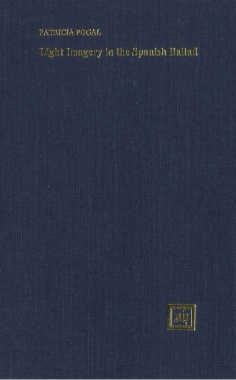This book examines the origin of the medieval Spanish concept of light and the poetic function which luminous imagery serves. It concludes with an investigation of the traditional element (radiance) in the balladry of three Spanish poets: Lope de Vega, the Duque de Rivas, and Federico García Lorca.
- Cover
- Table of Contents
- Introduction
- 1. Generic Unity of the "Romancero Tradicional"
- Traditional Style
- A Case of Continuity: La adúltera
- Discontinuity in English Balladry
- 2. The Medieval Spanish Concept of Light and its Effect on "Romancero" Usage
- Human Destiny
- Evaluation
- a. Religion
- b. Truth and Knowledge: Moral Rectitude
- Love and Beauty
- Power: Royalty and Aristocracy
- 3. The Poetic Function of Light Imagery in the "Romancero"
- Intuitive, Immediate, Actualizing Nature of the "Romancero"
- Emotion
- Realism
- Hypnotic Effects
- Imagination
- Montage
- Conclusion
- 4. GARCÍA LORCA
- Lope de Vega
- a. Las Almenas de Toro
- b. El Caballero de Olmedo
- Duque de Rivas
- a. "El Alcazar de Sevilla"
- García Lorca
- a. "Romance de la luna, luna"
- b. "San Gabriel"
- c. "Muerto de amor"
- d. Conclusions
- 5. Conclusions
- Footnotes

